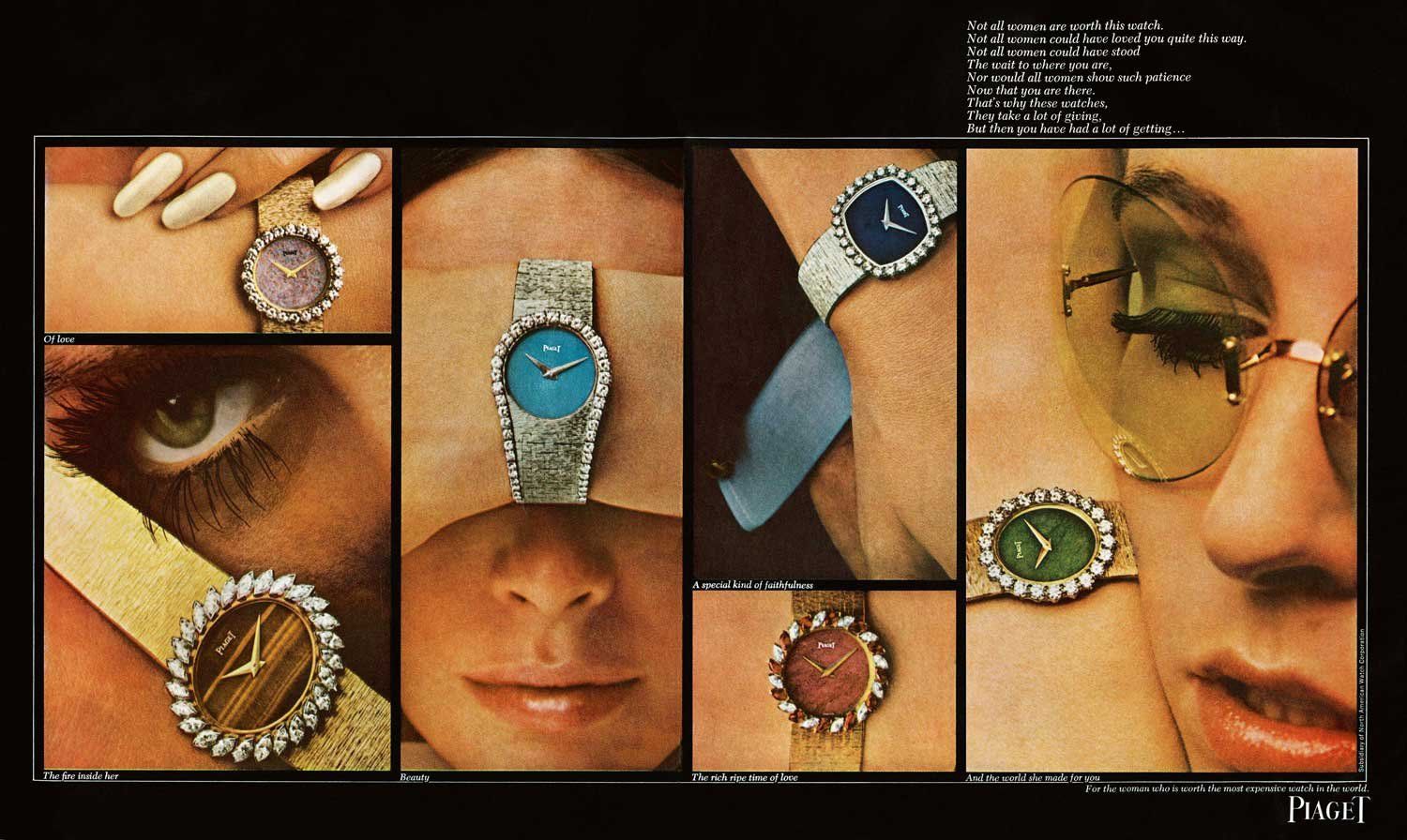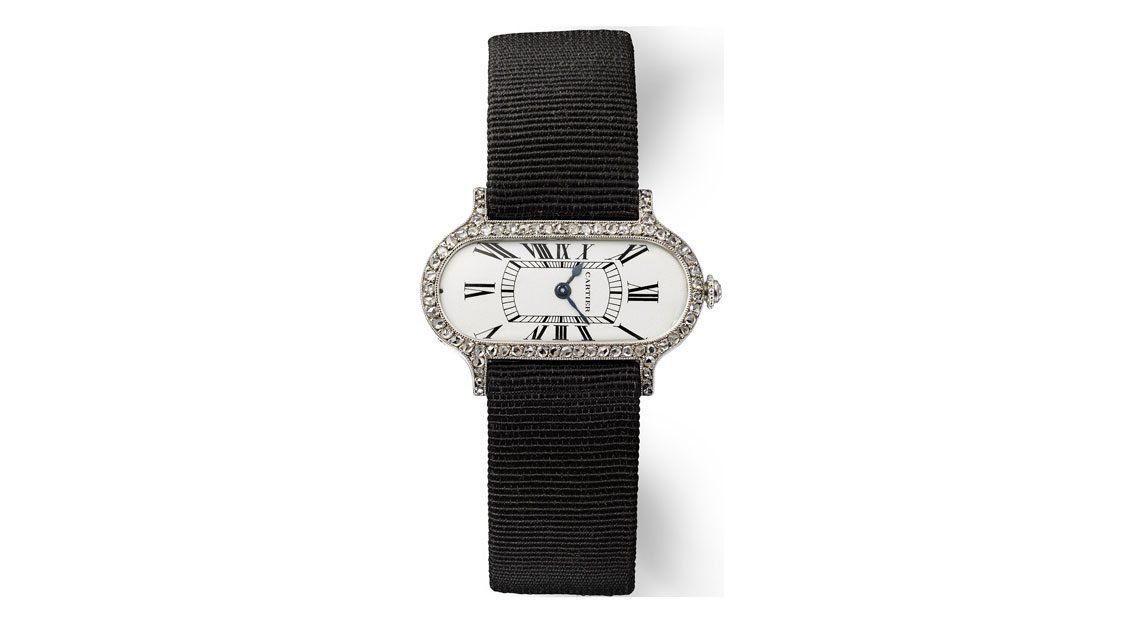Timekeeping Beauties : The Inception Of Jewellery Watches
Around 1541, John Calvin, the leader of the Protestant Reformation movement in Switzerland banned the wearing of jewelry in Europe. An obvious calamity for the jewellers, they quickly found a loophole and started setting precious stones into timepieces to circumvent this prohibition. Who would have thought imposing these suppressions and sumptuary laws in Geneva would actually be a catalyst for the inception of the beautiful gem-set timepieces in Switzerland. From gem-setting, to enamelling and engraving, craftsmen used their finest skills, thus raising the standard of luxury and extravagance.
Although we can’t really set the date for the appearance of jewellery watches, the first historical mentions of wrist watches dates back to the early 16th century. Infact history has it that the Earl of Leicester gifted Queen Elizabeth a little round watch set with precious stones, to be worn as a bracelet charm. She also adorned a ring watch with an alarm function. Wrist watches too were very much a feminine preserve. In fact the two earliest recorded watches made by Jaquet Droz in 1790 and Breguet in 1810 were initially intended as bracelets. Patek Philippe also manufactured its first wrist watch for Countess Cozcowicz of Hungary in 1868.
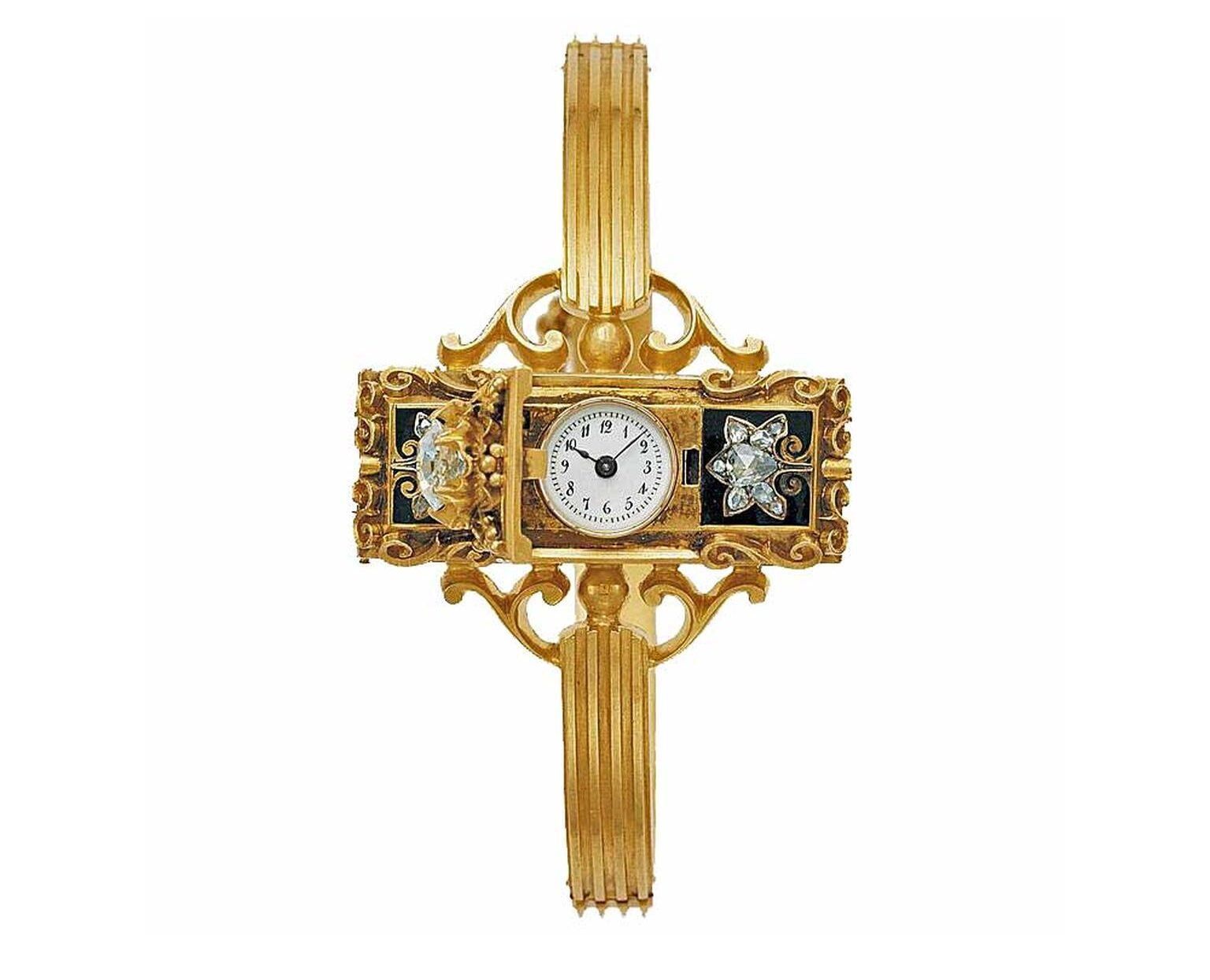
The 19th century then saw a strong development of musical watches, automatons and decorated pocket watches and it was not until the early 20th century that gem-set watches became available to the broader clientele, beyond just the Royals and the affluent. But how can we talk of the Royals and not mention Cartier and Jaeger-LeCoultre. For a decade between 1910 -1920, the great artists Louis Cartier and Edmond Jaeger manufactured some exceptional jewellery watches with new shapes and designs, slimmer cases and smaller movements. Confirming the Cartier touch of exclusivity, watches were now enhanced with elegant winding crowns, midnight blue cabochon sapphires, moire silk watch straps and the newly invented folding clasp.
From Art Nouveau to Art Deco, floral designs were now taken over by more geometric motifs. The dials now saw a range of shapes including squares, rectangles, ovals along with the use of materials such as marcasite, onyx, lapis lazuli and jade to name a few. Another raging trend in 1929 was the brooch-watch that Boucheron produced with extremely rich ornaments and chains of the previous period.

In the late 40’s, jewellery watches proved to be a powerful link between the world of fashion and watchmaking. World travel was becoming increasingly popular and people who were wealthy did not shy away from showing it. Original ways of using precious stones and new cut diamonds, saw a renewed popularity of the flora and fauna theme - jewellery watches embellished with flowers, birds and animals. From Van Cleef & Arpels to Piaget, Patek Philippe, Jaeger-LeCoultre and many other Manufactures started developing in-house teams of specialised craftsmen to hone the expertise of jewellery watches.
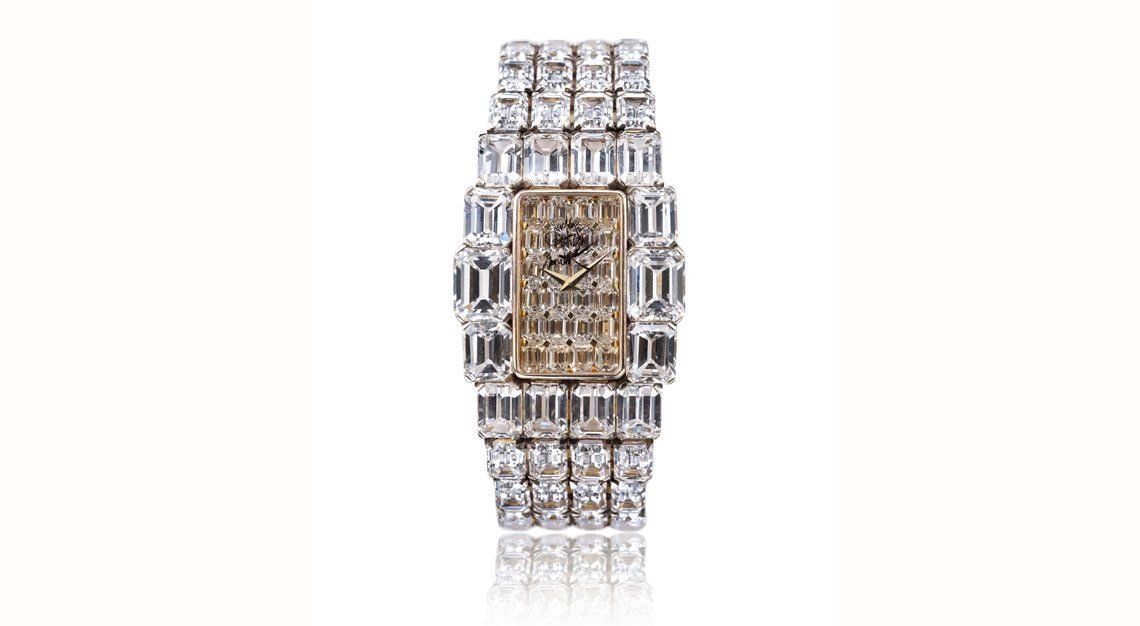
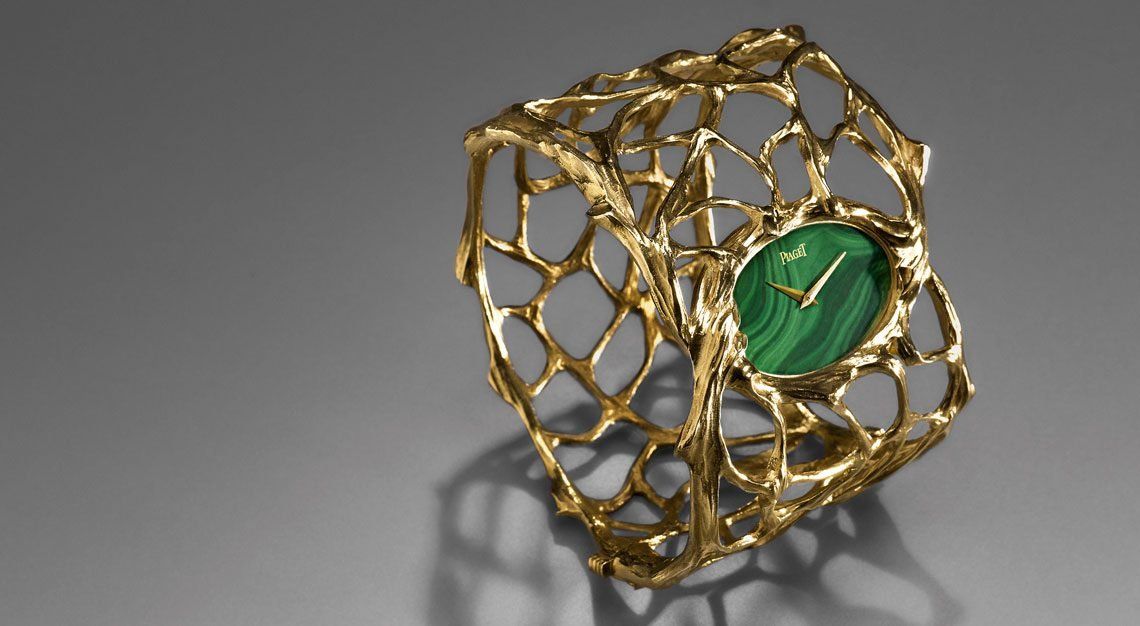
Many may feel that jewellery watches are just pieces of jewellery that bear no relation to Haute Horlogerie. But the overlap in terms of attention to detail and time-honored expertise that has been passed down over generations is just uncanny. Even from a financial standpoint the two compliment each other beautifully. As jewellers eagerly make the most of the ever so flourishing watch market, watchmakers too capitalise on their existing prestige and awareness by adding new genres to their collections.
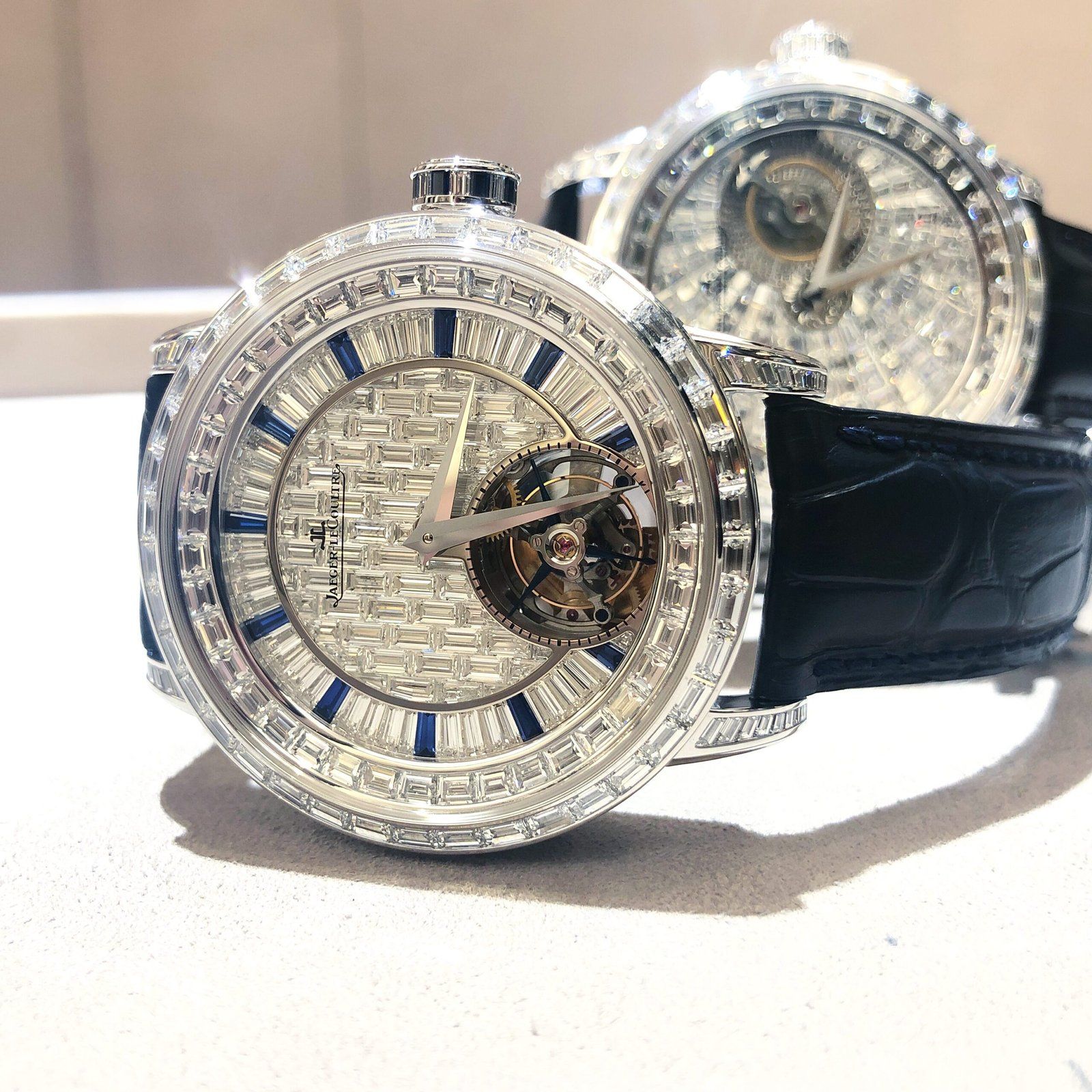
Be it the Jaeger-LeCoultre Master Grand Tradition Tourbillon (High Jewellery) or the Maillon de Cartier high jewellery pieces, jewellery watches today are clearly gender neutral. They are more than just smaller and sparklier versions of men’s watches for women. While the art of fine watchmaking comes with years of research, development and complexities, this illuminating art of gem-setting involves skills but also the one attribute that cannot just be taught - patience.
No articles found

